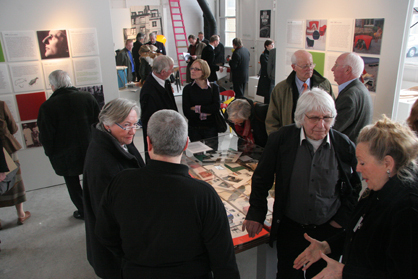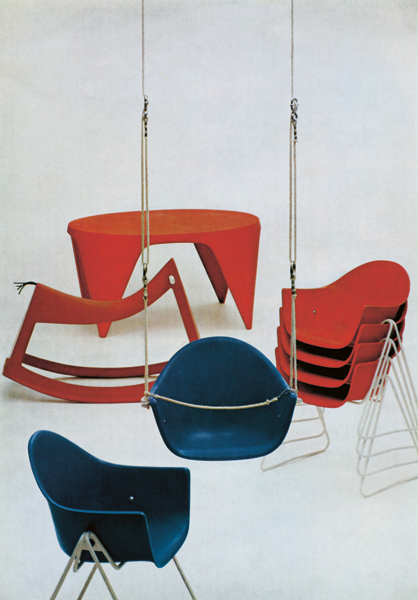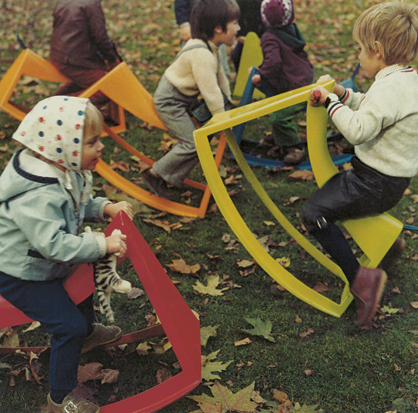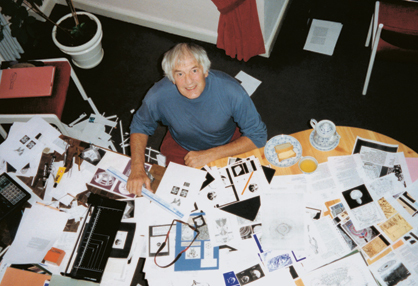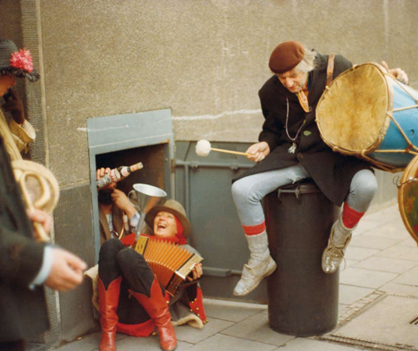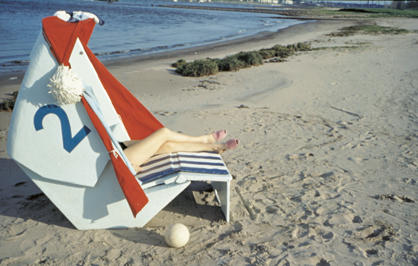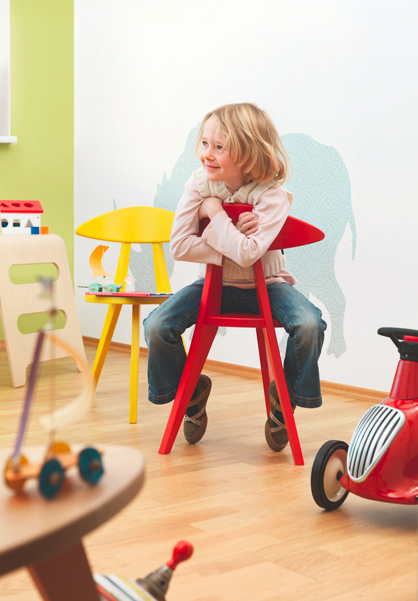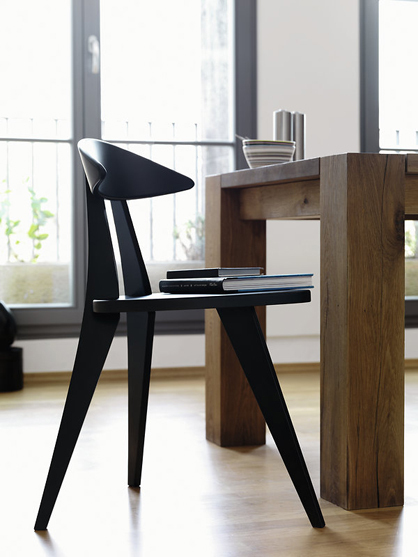"Mondays with Papst"
Texte par Nora Schmidt
Berlin, Allemagne
23.02.09
On 16 February 2009 the "Mondays with Papst" exhibition opened in the old boiler house on the Wilkhahn site in Bad Münder.
On 16 February 2009 the "Mondays with Papst" exhibition opened in the old boiler house on the Wilkhahn site in Bad Münder. The extensive body of work left behind by the designer and futurologist Walter Papst which is on display includes prototypes, models and drawings.
"Mondays with Papst" in the old boiler house at Wilkhahn in Bad Münder
Admittedly, Bad Münder isn't Cologne, and eastern Westphalia isn't exactly a carnival hotspot. Nevertheless Paul Kamper, the eloquent Cologne artist and bosom friend of Walter Papst, had little difficulty in spreading some typical Rhineland sociability. With his amusing anecdotes about legendary carnival celebrations entitled "Mondays with Papst" he not only entertained his audience but in this way also explained the thought processes of the avant-garde carnival prince Walter Papst, which are sometimes difficult to follow.
Entirely in the spirit of the Bauhaus and with a clear awareness of the industrial changes of the period, for the graduate from Kiel's Muthesius school the 'social visionary experiment' is always the core of his designs. For example the three-legged "Brettstuhl" chair, his masterpiece, was conceived for use in schools and was intended to drive from schools the ergonomically dubious school benches which dated back to the days of the Kaiser. In the mid-Fifties Papst found strong support for his ideas from Fritz Hahne, at the time managing director of Wilkhahn. From 1955-1959 the three-legged chair, whose curved backrest, conical tapering rear legs and distinctively shaped seat provide a variety of seating options, was produced by Wilkhahn in a number of sizes. However, it never achieved large-scale use in schools.
At the end of the Fifties Walter Papst, too, discovered the versatility of plastics such as GFK and found himself confronted with new levels of design freedom. Parallel to the better-known pioneers of the age of plastic such as Verner Panton, Eero Saarinen and Luigi Colani, Walter Papst designed a series of children's furniture, culminating in the classic "Schaukelplastik" Rocking Sculpture. Based on the traditional rocking horse, the Papst variant is a formal abstraction of the wooden icon which enables the child – in the spirit of pedagogical views of the time – to decide for itself what kind of rocking creature it is playing with.
The Rocking Sculpture was manufactured successfully by Wilkhahn for 12 years and last year, on the occasion of the company's 100-year anniversary, a new edition was produced in a slightly adapted form.
Stayed an experiment: The GFK-beach chair by Walter Papst
This year a further Papst classic has once more been included in the Wilkhahn range – the article with which it all began, the three-legged chair. Here, too, the Wilkhahn product development department has once more made some alterations in order to adapt the chair for production in solid wood. This enables the connection of the legs and the seat by means of a kind of dual layer, which allows for the tendency of solid wood to swell and shrink and ensures that the seat can no longer crack. The three-legged chair is available in two sizes, one for adults and one for children.
When Post-modernism took over in the Seventies thanks to mainly Italian groups such as Memphis and Alchimia and both architecture and design turned away from Modernism, Walter Papst gave up designing furniture and devoted himself to an entirely different field – researching the future. The "Papst thesis" and his main literary work "Der Götterbaum" (The Tree of Heaven), which deals with the creation of the human race, may have been the starting point for the curious flying objects which Walter Papst designed in this context, but up to his death in March 2008 these never received the hoped-for recognition.
The exhibition “Mondays with Papst” can be visited until June 26th, 2009 at Wilkhahn in Bad Münder, Germany.
